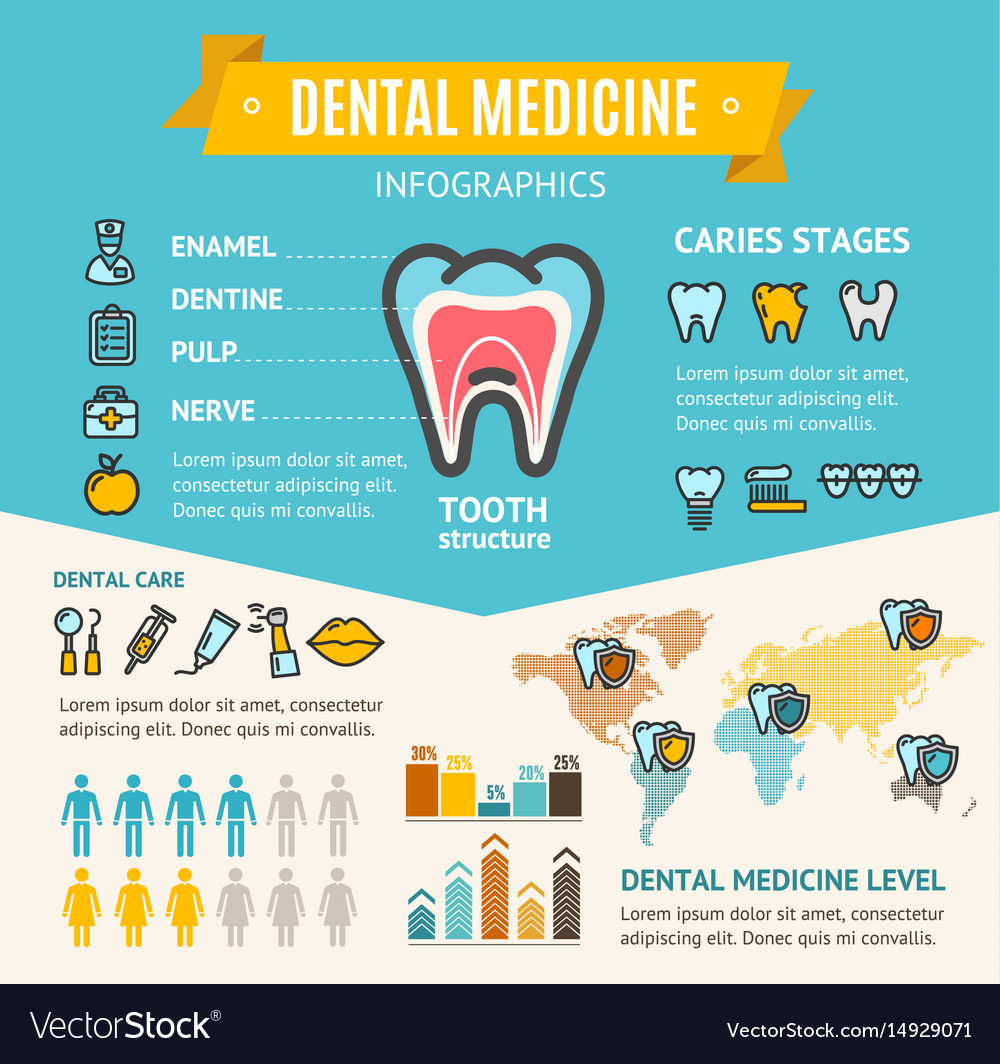The Following Age Of Oral Surgery: Advancement Innovations And Advancements Improving The Specialty
The Following Age Of Oral Surgery: Advancement Innovations And Advancements Improving The Specialty
Blog Article
Created By-Reeves Terrell
Welcome to the globe of dental surgery, where innovations and developments are shaping the future of the area! In https://www.tribuneindia.com/news/impact-feature/top-10-clinics-for-best-dental-implants-turkey-istanbul-513856 , you'll witness the transformative power of robotics, the advanced marvel of 3D printing, and the game-changing effect of minimally invasive techniques.
The future of oral surgery holds a promise of precision, effectiveness, and boosted individual end results. With the help of advanced robotics, surgeons are able to carry out complex treatments with higher accuracy and control.
3D printing modern technology is revolutionizing the creation of oral implants and prosthetics, offering tailored services that fit effortlessly into each patient's unique makeup.
In addition, minimally invasive strategies are reducing post-operative discomfort and recuperation time, allowing individuals to return to their day-to-days live faster.
Get ready to explore the interesting technologies and breakthroughs that are improving the landscape of dental surgery!
Innovations in Robotics
One major innovation in dental surgery is using robot technology, which allows for precise and effective procedures. With the help of robotic systems, dental specialists have the capability to carry out complex surgical procedures with improved precision, reducing the risk of human mistake.
These robotic systems are geared up with sophisticated imaging modern technology and accurate tools that enable cosmetic surgeons to navigate through complex anatomical frameworks with ease. By using robotic innovation, cosmetic surgeons can accomplish greater medical precision, causing enhanced client outcomes and faster recovery times.
Additionally, using robotics in dental surgery permits minimally intrusive procedures, decreasing the injury to surrounding tissues and advertising faster recovery.
3D Printing in Oral Surgery
To improve the area of dental surgery, you can explore the subtopic of 3D printing in dental surgery. This ingenious modern technology has the potential to transform the method oral cosmetic surgeons run and deal with individuals. Here are four essential methods which 3D printing is shaping the field:
- ** Custom-made Surgical Guides **: 3D printing enables the production of extremely precise and patient-specific medical overviews, boosting the precision and performance of treatments.
- ** Implant Prosthetics **: With 3D printing, oral surgeons can develop personalized dental implant prosthetics that perfectly fit a person's unique makeup, causing much better end results and patient fulfillment.
- ** Bone Grafting **: 3D printing enables the manufacturing of patient-specific bone grafts, lowering the need for traditional grafting strategies and improving healing and recuperation time.
- ** Education and Training **: 3D printing can be utilized to develop practical surgical designs for academic purposes, enabling dental specialists to practice intricate procedures prior to doing them on clients.
With its potential to improve precision, customization, and training, 3D printing is an interesting development in the field of oral surgery.
Minimally Invasive Techniques
To further advance the field of dental surgery, welcome the potential of minimally intrusive methods that can significantly profit both cosmetic surgeons and individuals alike.
Minimally intrusive methods are transforming the area by minimizing medical trauma, minimizing post-operative pain, and accelerating the recuperation procedure. https://how-to-treat-periodontal62840.blogoscience.com/39238461/discover-essential-insights-about-dental-implants-for-senior-citizens-and-uncover-crucial-considerations-that-might-affect-your-smile-reconstruction-journey-what-will-you-uncover include making use of smaller sized cuts and specialized instruments to perform treatments with precision and performance.
By utilizing advanced imaging modern technology, such as cone light beam computed tomography (CBCT), doctors can accurately prepare and implement surgical procedures with very little invasiveness.
Additionally, the use of lasers in dental surgery permits exact tissue cutting and coagulation, causing lessened bleeding and decreased healing time.
With minimally intrusive techniques, individuals can experience much faster recuperation, lowered scarring, and improved results, making it a crucial aspect of the future of dental surgery.
Conclusion
So, as you can see, the future of oral surgery is exceptionally appealing, with amazing developments and advances shaping the area.
From the innovations in robotics to using 3D printing and minimally invasive techniques, dental doctors are reinventing the way they provide treatment.
While some might bother with the prospective cost connected with these improvements, it's important to keep in mind that these technologies eventually improve individual end results and reduce recuperation time, making them well worth the financial investment in the long run.
